Tropical Almonds are now on Mother Nature’s dining table. Terminalia catappa, which are really subtropical and not at all almonds, have reached the edible stage and will be for a few months. I’ve been watching this tree all year waiting for the fruit reach the edible stage. This past week was the first time I actually had the green rind of the seed when it was palatable. I didn’t say the outside tasted great. It was palatable. Soon it will dry out and look like a huge unshelled almond. The kernel inside, actually a small plant, is quite tasty. It’s flavor is coconuts blended with almonds. The only problem is the bouyant seeds are very tough and require a hammer or a couple of rocks to crack open. For those who do know know, Florida does not have rocks. You can’t just rummage around and find a pair of rocks to break seedpods with. So there is some labor involved with eating them but they are still calorie positive. To read more about the Tropical Almond go here.
You can still find Smartweed in wet spots throughout the state, if getting your tongue burned is part of your gastronomic pleasure. Like many plants Smartweed favors the spring. But one can find it most of the year except perhaps during the worst days of summer. In the spring you can find copious amount of them, often filling a road side ditch for miles. Other times of the year they can be solitary plants scattered at the fresh water shore line. Both the leaves and blossoms are hot but the blossoms are also bitter, which some folks like. When used in small amounts they are a hot pepper substitute. In large amounts they can run up the blood pressure. I’ve never been able to find out exactly what chemicals in Smartweed make it hot. You can read more about it I also have a video about Smartweed.
From the Mail Bag: “Couldn’t find any info about the Dudaim Melon on your website. It is a small little melon considered an invasive weed. It is growing in South Alabama and Florida too.” Thanks for writing, Rob. Botanically your melon is Cucumis melo var. dudaim. Its use is not unlike Citron Melon. Small fruits are sometimes used as preserves, or the rind is made into marmalade or pickles. There are many such small melons with varying edibility. Some are edible like larger melon except they are small. Some were intentionally planted to make marmalade or the like. A few are bitter and used as famine food only (which means you only eat it when you are starving.) Locally Citron Melons were here before citrus though it is in old or working citrus groves where one usually finds them. The Dudaim Melon was not cultivated for its edibility but for it fragrance. Incidentally, it has escaped cultivation and is a pest in many areas. It is naturalized in most of North America except for the high plains states and providences.
I found this edible mushroom three times in as many weeks. From a distance it looks like an Oyster Mushroom but instead of gills Polyporus tenuiculus has a honeycomb arrangement (though it is still considered a polypore.) All three times they were growing on decomposing logs which is a good sign. There is only one toxic polypore that grows on wood, Hapalopilus nidulans. A simple chemical test eliminates that: A drop of KOH turns its surface cherry red or sometimes lilac to violet. Raw Polyporus tenuiculus are very tough and don’t like to let go of the log. They must be cooked and some think they are analogous to Shiitake mushrooms. The spore print is white. While on the edible list it is consumed more in Central American countries than elsewhere. They have been recommended to be grown commercially. There may also be some medicinal applications. As usual do not consume any mushroom from just information here or on the Internet. Study with a real person, learn mushrooms first hand. That said, to help you learn I have started four mushroom groups on Facebook: Florida Mushroom Identification Forum, Southeastern US Mushroom Identification, Edible Mushrooms: Florida, and Edible Mushrooms. Send a request to join any or all. I’ll be populating them with photos and comments.
This is a reminder the Florida Herbal Conference 2014 will be held in Deland again this coming February. Among the speakers will be David Winston, an herbalist and ethnobotanist with over 40 years of training in Cherokee, Chinese and Western herbal traditions. He has been in clinical practice for over 34 years and is an herbal consultant to physicians, herbalists and researchers throughout the USA and Canada. And again this year there is an early bird special for those who sign up before Oct. 31 and use the code EATTHEWEEDS. Also for the third year in a row I will be leading weed walks at the herbal conference, a challenge in winter on dry ground. The walks are usually first thing in the morning when the air is cool and camp fires warm. Although it is the Florida Herbal Conference it draws teachers and students from all over North America. And as mentioned above you get a discount because you read this newsletter.
Though your foraging may drop off during the winter it’s a great time to study wild edibles with my nine DVD set. Each DVDs has 15 videos for 135 in all. They make a great Christmas gift. Order today. Some of these videos are of better quality than my free ones on the on the Internet. In a few months I hope to have volume 10 available as well. I print and compile the sets myself so if you have any issues I handle it personally. There are no middle men. To learn more about the DVDs or to order them click here.
There will be no newsletter on October 29th as this month has five Tuesdays and Green Deane is going take that last Tuesday off (and recover from a three-day Greek festival the weekend before.) The picture to the left was taken at a Greek Festival on Green Deane’s birthday. That’s him jumping during a dance called Navtikos along with Pat Henderson, Kelly Fagan, and Bobby Quibodeaux .
To donate to the Green Deane Newsletter click here.

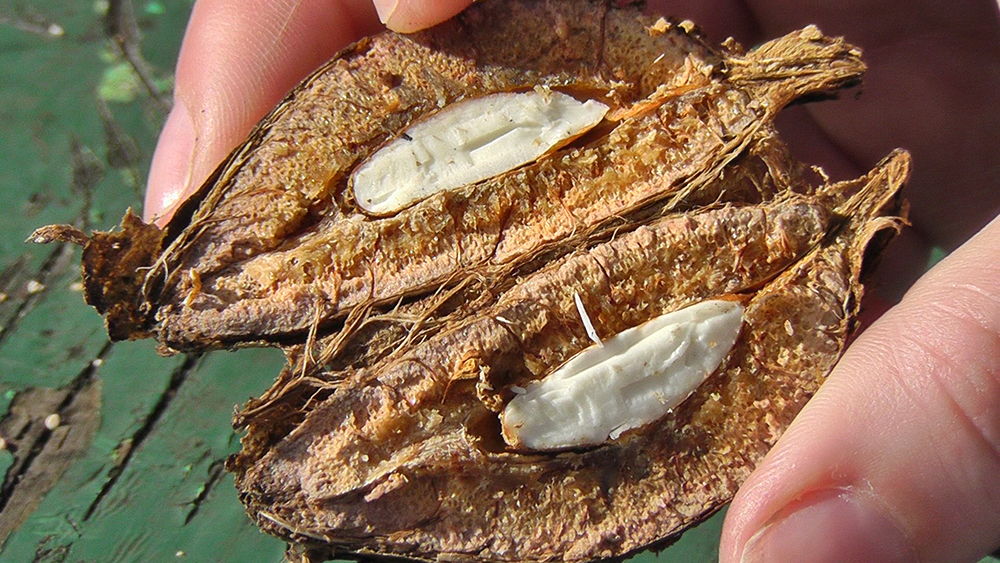
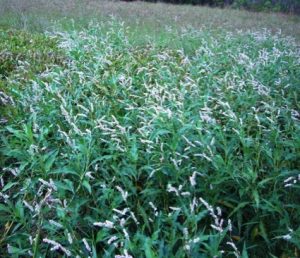
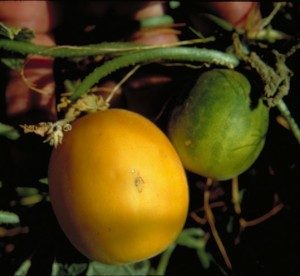
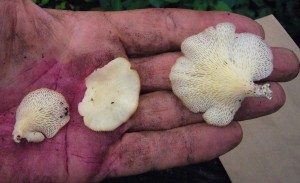
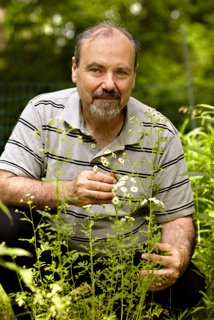



I hope you had a terrific birthday, Deane!
Happy Birthday Deane! OPA!!!
Happy Birthday and have fun. Thanks for all you much appreciated info.
Happy birthday Deane and more of your useful contributions to your society and the world at large. Thank you for the info. which I always find interesting and prompts me to study some of the species specially those related to my country’s weather. In this regard let me quote with respect to Cucumis melo var. dudaim and I hope I’m correct (with ref. to: http://thehistoricfoodie.wordpress.com/2011/06/15/queen-annes-pocket-melon-a- ) “This miniature melon is, I believe, of very ancient date, and is like an old coat or an old song – destined to become quite in fashion again.” – Country Gentleman, 1867. I’m so doing because it reminds me of playing soccer with this fruit during childhood and my father kept telling me that was wrong doing as GOD has created those gifts of mother nature not for fun and such playing but for the wellbeing of mankind. That was the time when we were going to harvest our cereal, millet, riding with my father or some time my elder brother a grey donkey – locally called “mukkadi” as different from the white donkey which is more tamed where among the millet plant stems were scattered on the ground patches of ready “ to play with” those dudaim melons. Now that I’m grown up to the age of wisdom ,my father’s advice still echoes in my ears. I’m now well aware of those countless gifts:the utility of this plant according to where I live, and far back in history ,covers an extensive spectrum from being used as a laxative, in cosmotics to skin disease in camels…etc to some nervous system syndromes. Absolutely true: (Have you not seen that Allah has made subservient for you whatever is in the heavens and in the earth and had bestowed upon you in full His graces open and hidden ? ) – holy verse.